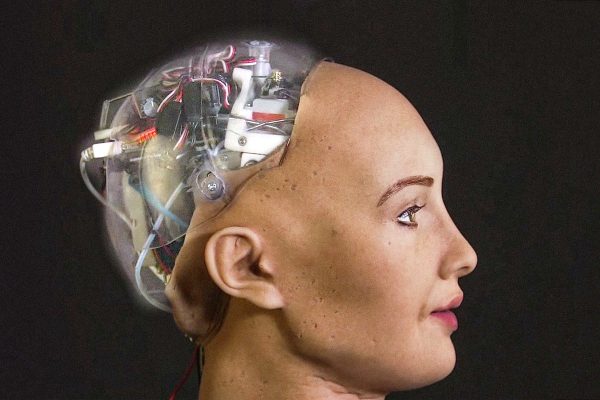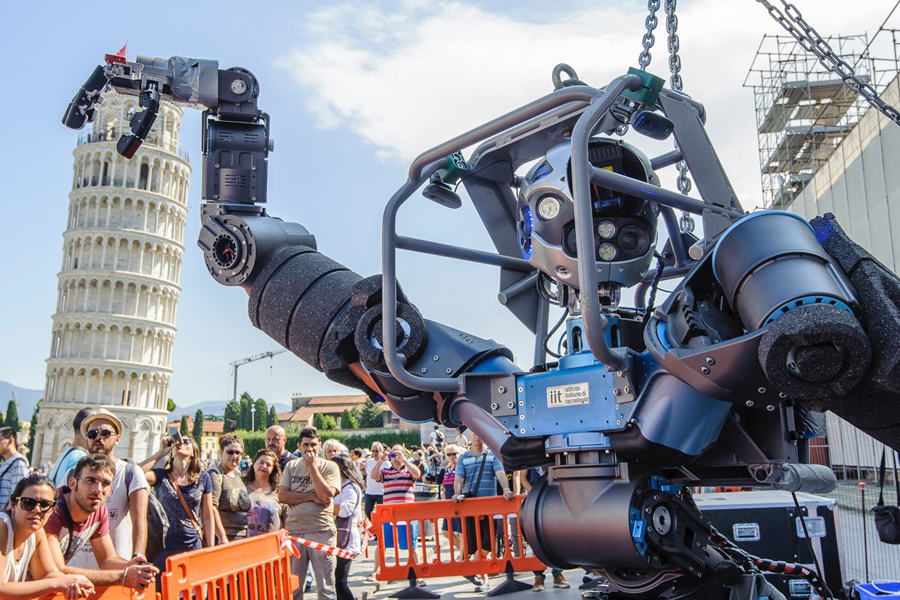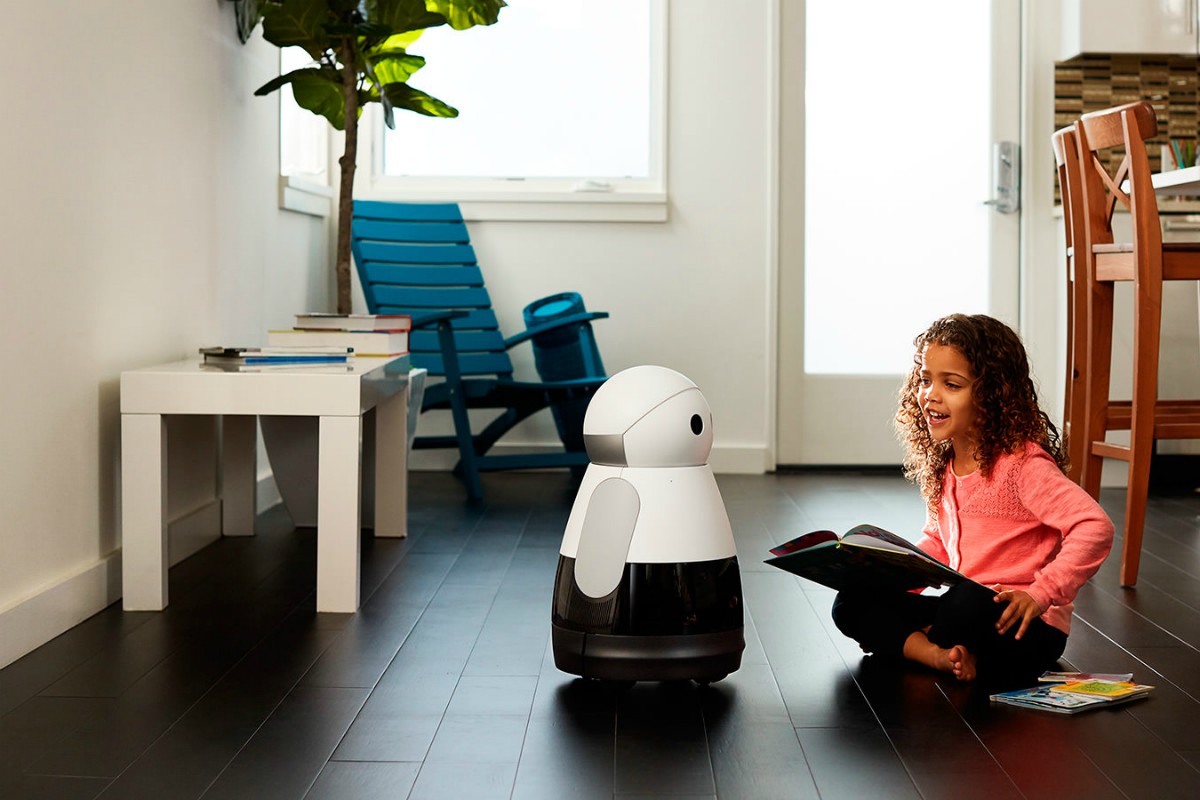The cuteness of domestic robots may make us lower our guard and forget questions of privacy and security
Following several delays, a new range of social domestic robots is expected to enter the market at the end of this year. They are no ordinary bots. Designed to provide companionship and care, they recognise faces and voices of close family and friends, play games, tell jokes and continue to learn from each interaction. They also have one feature in common. They are intended to be extraordinarily cute and appealing. The following research explores how cute design influences our relationship with home robots, including our perception of the risks associated with their unprecedented access to personal information.
Cuteness Power
Social home robots are designed to manage household tasks as well as relationships. They are networked with the internet and smart home devices, and they use cameras and voice control to provide empathetic interactions. Researchers are exploring how their cute design counteracts the possible risks associated with such companions. In a recent publication, New York University digital media scholar Luke Stark argues that the materiality of digital devices is tied to our feelings about them. The more “warmly” we feel about our devices, the more we lower our barriers to privacy.
“The context for our feelings shapes what we intuit as appropriate in terms of our desire for privacy. Yet our affective and emotional connection to the hardware and interfaces of our devices is precisely what prompts us to be less conscious, and thus less uneasy, about what is the most critical element of information privacy: our device content, our own ‘small’ trails of data and metadata”.
Cuteness research
We are tapping into an emerging field of research called cute studies, to argue that the cuteness of these robots is likely intended to push our Darwinian buttons (in Sherry Turkle’s words). Cute robots appear vulnerable, weak and in need of protection. We believe that this not only encourages the consumer to adopt the robot as a member of the family, but also appears to establish a clear power dynamic between the robot and the human user. The robot occupies a position of lesser power.
We have studied several robots, including Jibo and Kuri (article image), and a striking similarity is that they have all been deliberately stunted or enfeebled in some way. Some of them don’t have limbs, some have no speech capacity, and some can’t move. None of the new home robots can do everything, even though it would be entirely possible, from a design and engineering perspective, to make a robot that can.
The cute face of personal data
As helpful home robots, each needs help and input from their users. Their cute aesthetic becomes even more pronounced through their design-led incapacitations, which function as visible signs of powerlessness. There are obvious reasons why roboticists would want their creations to appear less powerful than humans. After all, if popular culture has taught us anything, it has taught us to be wary of opening our homes to robots. A number of concerns arise in relation to the emotional engineering of these new home robots. As they will have access to an unprecedented amount of personal data, they are clear targets for hacking. There is also little contractual information available about what consumers are signing up for with a home robot. Concerns are also ethical and moral. What is the status of the home robot? Is it a pet, child, friend, lover, servant, slave or do they represent the evolution of a new species?
You might also be interested in: Sophia, the first Robot declared a citizen by Saudi Arabia
Confronting robotic mortality
The appeal of cuteness (in commodity items, at least) is notoriously short lived. Cute commodities are well known to have instant consumer appeal, and some studies have linked cuteness to impulse buying. Jonathan Chapman has described cuteness as a kind of flirtation with the consumer, and has likened the cute object to a film with an incredible opening line, which just continues to be repeated throughout.
This might very well pose some long-term problems for human-robotic interaction, which relies on the creation of a long-term, shared narrative between the home robot and the adopting family.
We know from Chapman’s research in the area of emotionally durable design that if objects want to create long-term emotional connections with consumers, they need to be more than simply cute.
They need to intrigue, and in order to intrigue they need to show some signs of otherness. This would require home robots to surpass their limitations established by their cute aesthetic, but this has the potential to destabilise the strict user-robot hierarchy.
A further complication arises in the relationship between the technology and the permanence of these home robots. As their networked “brains” and memories outlive their material bodies, a gap will likely emerge between the “immortal” nature of the data they have collected about each individual user or family, and the “mortality” of their material technologies. Home robots are susceptible to the obsolescence of electronic goods and the fantasies of greater intimacy – both promises of newer social technologies.
(Source: The Conversation)
Don’t forget to check out the category Technology and to share the article if you liked.















Lascia un commento
Devi essere connesso per inviare un commento.